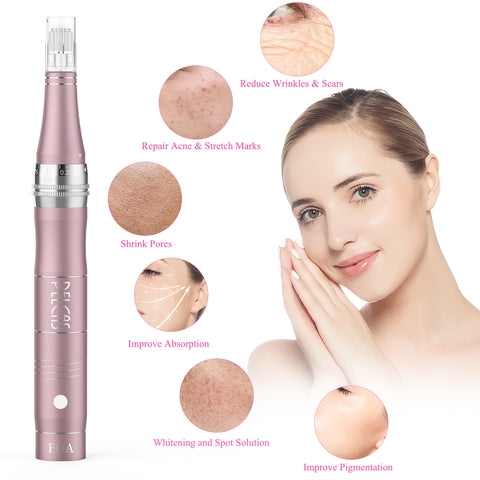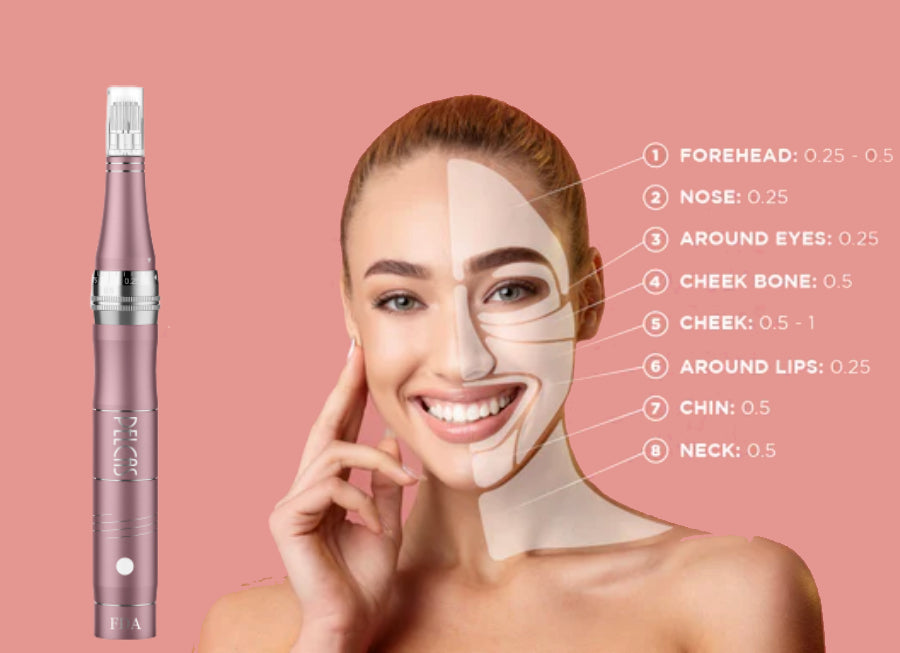Composition and Role of Sebum

Sebum, often considered as the unsung hero of our skin, plays a vital role in maintaining its health and functionality. This oily substance, secreted by the sebaceous glands, serves as a natural moisturizer and protector, keeping our skin soft, supple, and resilient. Understanding the composition and role of sebum can provide valuable insights into the mechanisms behind various skin conditions and help us develop effective skincare routines. In this article, we delve into the fascinating world of sebum and explore its significance in maintaining skin health.
Composition of Sebum
Sebum is a complex mixture of lipids, or fats, produced by the sebaceous glands located in the dermis, the middle layer of the skin. These glands are most abundant on the face and scalp but are present throughout the body, except for the palms of the hands and the soles of the feet.
The primary components of sebum include triglycerides, wax esters, squalene, cholesterol esters, and free fatty acids. Triglycerides and wax esters make up the majority of sebum, providing its oily consistency. Squalene, a hydrocarbon, contributes to sebum's lubricating properties and helps maintain skin hydration. Cholesterol esters and free fatty acids are involved in various physiological processes and play a role in the skin's protective barrier function.
Role of Sebum in Skin Health
- Moisturization: Sebum acts as a natural moisturizer by forming a thin film on the skin's surface. It helps prevent excessive water loss, keeping the skin hydrated and preventing dryness, flakiness, and irritation. Without sebum, the skin would become dry and vulnerable to external factors.
- Protection: Sebum plays a crucial role in protecting the skin from harmful environmental factors. Its oily consistency forms a barrier that shields the skin from pollutants, UV radiation, and microbial invasion. Sebum contains antimicrobial peptides that help defend against bacterial and fungal infections.
- Lubrication: Sebum lubricates the skin, facilitating smooth movement and reducing friction between the skin's surface and external elements. This lubrication is especially important in areas where skin rubs against skin, such as the armpits and groin.
- pH Regulation: Sebum helps maintain the skin's pH balance, which is slightly acidic. The acidic pH creates an inhospitable environment for certain harmful bacteria and fungi, preventing the overgrowth of these microorganisms and maintaining a healthy skin microbiome.
- Skin Barrier Function: The lipids present in sebum contribute to the skin's protective barrier function. They help prevent excessive moisture loss, regulate the entry and exit of substances into and out of the skin, and maintain overall skin integrity.
Common Sebum-Related Issues
- Acne: Excessive sebum production can clog the hair follicles, resulting in the formation of acne. When sebum combines with dead skin cells and bacteria, it can lead to inflammation, pimples, and breakouts.
- Dry Skin: Insufficient sebum production can cause dry skin, leading to itching, flakiness, and a compromised skin barrier.
- Seborrheic Dermatitis: This condition is characterized by an overproduction of sebum, resulting in a red, itchy, and scaly rash, commonly occurring on the scalp, face, and upper body.
- Folliculitis: When bacteria infect hair follicles, it can lead to folliculitis, causing small red bumps, itchiness, and discomfort.
Maintaining a Healthy Sebum Balance
- Cleansing: Use a gentle cleanser to remove excess sebum, dirt, and impurities from the skin without stripping it of its natural oils. Avoid harsh cleansers that can disrupt the skin's pH balance.
- Moisturizing: Even if you have oily skin, moisturizing is essential. Look for lightweight, non-comedogenic moisturizers that won't clog your pores. This helps regulate sebum production and keeps the skin adequately hydrated.
- Diet: A balanced diet rich in essential fatty acids, vitamins, and minerals can contribute to healthy sebum production. Avoid excessive consumption of greasy or processed foods, as they may affect sebum composition and skin health.
- Hydration: Drink an adequate amount of water to maintain overall skin hydration, which can influence sebum production and prevent dryness.
- Avoid Over-washing: While it's important to keep your skin clean, excessive washing can strip away the natural oils and disrupt the sebum balance. Limit washing to twice a day, and avoid scrubbing vigorously.
- skincare tools: A good skincare tool can promote the biggist potential of skincare product. I recommend microneedling pen. It triggers your body’s natural healing process which treats your skin through production of collagen and elastin, which promotes healthy skin and keeps it soft and youthful-looking.
Understanding the composition and role of sebum empowers us to make informed decisions when it comes to skincare. By maintaining a balanced approach to sebum production and taking care of our skin, we can achieve a healthy, radiant complexion. So, embrace the power of sebum and let your skin thrive!





Comments